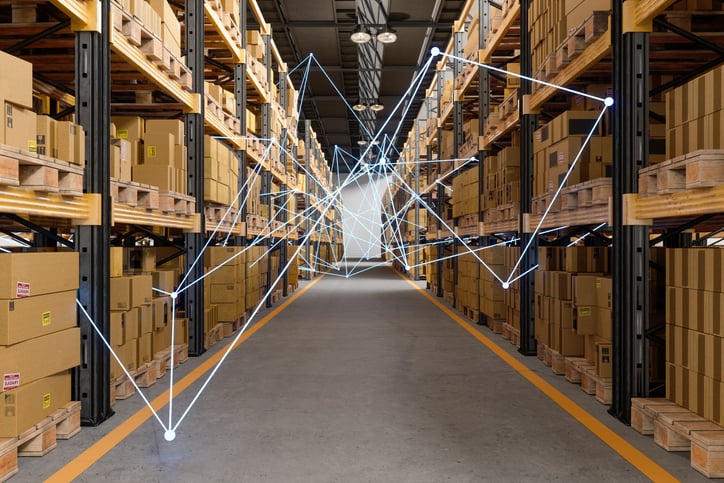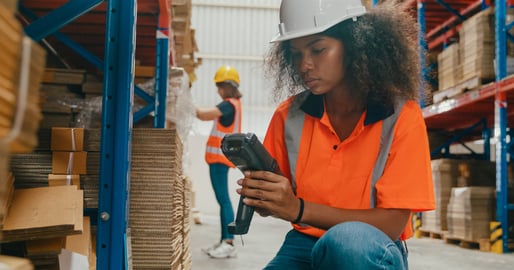
Anti-counterfeit packaging is essential for safeguarding products and protecting your brand. With the help of technologies like RFID tags and authentication codes, companies can monitor and track their goods in real-time. These techniques are designed to prove the authenticity of goods and help reduce damage caused by incorrect handling of goods during delivery.
Anti-counterfeit packaging is a form of security designed to protect products and prevent fraud. It uses technologies and innovations to discourage counterfeiting, including:
- Holograms
- RFID tags
- Covert features
- Authentication codes.
The use of covert features like holograms and authentication codes makes it more difficult to tamper with packages and steal or damage the goods inside. This helps ensure that customers receive high-quality products that are up to the standards they expect.
Basics of Anti-Counterfeit Packaging
Traditional methods of anti-counterfeit packaging included special inks, colors, and barcodes. However, as counterfeiters got smarter and continued to adapt these became easier to mimic. The real packaging was harder to identify.
Today’s digital world means the methods to defy counterfeiting efforts include various methods of package tracking, which allow you to follow a package from the distribution center to the shelf.
Innovations in Anti-Counterfeit Packaging Technologies
In B2B and industrial content creation, digital transformation has greatly influenced how we prevent counterfeiting in packaging. Technology integrated into packaging has brought innovative solutions, assuring product authenticity and consumer safety.
The following are all current efforts in effect to reduce the occurrence of counterfeiting:
- QR codes and RFID technology
- Tamper-evident packaging with digital features
- Blockchain for transparency and traceability
- Augmented Reality for authentication
- Data analytics for pattern recognition
- Mobile authentication apps
- Global databases and authentication platforms
1. QR Codes and RFID Technology
Incorporating Quick Response (QR) codes and Radio-Frequency Identification (RFID) technology into packaging has become a prevalent practice. These digital elements enable real-time tracking of products throughout the supply chain, allowing manufacturers to monitor their journey from production to the end consumer. This not only enhances traceability but also serves as a robust anti-counterfeiting measure.
2. Tamper-Evident Packaging with Digital Features
Advanced packaging materials with tamper-evident features have gained popularity. These materials are equipped with digital indicators that change when tampered with, providing visual cues to consumers and supply chain stakeholders. Integrating such features into the packaging design enhances security and helps in the early detection of counterfeit products.
3. Blockchain for Transparency and Traceability
Blockchain technology has revolutionized supply chain management by ensuring transparency and traceability. By recording every transaction on an immutable and decentralized ledger, manufacturers can create an unforgeable record of the entire product journey. This not only safeguards against counterfeiting but also fosters trust among consumers.
4. Augmented Reality (AR) for Authentication
Augmented Reality is leveraged to create interactive and engaging packaging designs. Brands are using AR apps that allow consumers to verify product authenticity by scanning the packaging. This not only adds an element of entertainment but also serves as an effective anti-counterfeiting measure.
5. Data Analytics for Pattern Recognition
The digitalization of data has empowered companies to employ advanced analytics tools for pattern recognition. By analyzing data related to sales, distribution, and consumer behavior, businesses can identify irregularities that may indicate counterfeit activities. This proactive approach aids in swiftly addressing and mitigating potential threats.
6. Mobile Authentication Apps
Brands are increasingly developing mobile applications that enable consumers to verify the authenticity of a product using their smartphones. These apps often utilize unique identifiers embedded in the packaging, such as holographic labels or invisible ink, to provide instant confirmation of a product's legitimacy.
7. Global Databases and Authentication Platforms
 Collaborative efforts among industry players have led to the creation of global databases and authentication platforms. These centralized systems store information about genuine products, allowing consumers and businesses to verify the authenticity of a product by cross-referencing details provided on the packaging.
Collaborative efforts among industry players have led to the creation of global databases and authentication platforms. These centralized systems store information about genuine products, allowing consumers and businesses to verify the authenticity of a product by cross-referencing details provided on the packaging.
Stay Current on Digital Advancements: Keep Counterfeiting at Bay
In the ever-changing realm of B2B and industrial packaging , keeping up with digital advancements in anti-counterfeiting measures is vital. Creating content that educates clients on the advantages of these technologies and their alignment with evolving consumer expectations can enhance the overall marketing strategy, positioning clients as leaders in product authenticity and consumer protection.
Start the Conversation Today About Package Security
CS Packaging staff can help you find the right combination of packaging to reduce the risk of counterfeiting concerns. Reach out today for help with a plan for the next quarter.
For more information on secure packaging, check out our resource for eCommerce:
.png?width=845&height=137&name=Slice%203%20(23).png)
